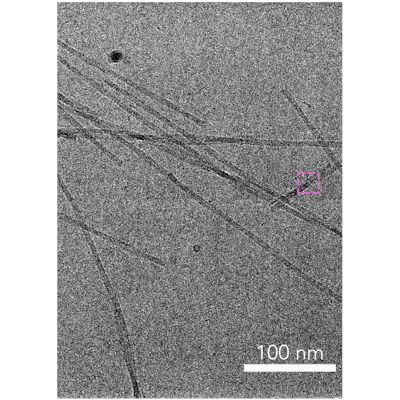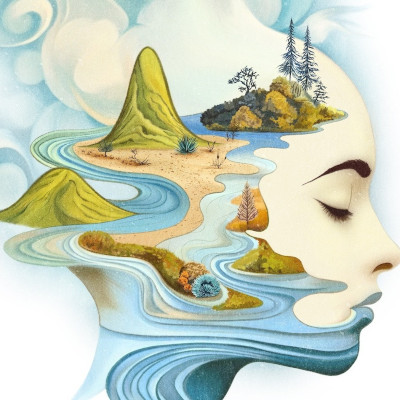How the brain builds mental maps of the world
Feb. 13, 2025.
2 mins. read.
2 Interactions
Researchers have detailed how the brain creates cognitive maps to help us navigate and understand our surroundings.
Researchers at the Janelia Research Campus of Howard Hughes Medical Institute (HHMI) have detailed how the brain creates cognitive maps to help us navigate and understand our surroundings.
The researchers watched thousands of neurons in the hippocampus, the part of the brain that deals with learning and memory. They studied how these neurons change over time as an animal learns to navigate two similar but different paths, like two hotel floors. At first, the neurons’ activity was quite similar for both paths. But as the animal learned, the neurons started to act differently, creating unique maps for each path. These maps help the animal tell the paths apart, even if they look alike.
A paper published in Nature describes the methods and results of this study.
Implications for neurology and AI research
The researchers used a special microscope to see how neurons behave while a mouse learned to find rewards in virtual corridors. The mouse had to figure out where to expect rewards based on visual cues. Over time, the mouse learned not to lick in places without rewards and to only lick where rewards were available. As the mouse learned, its brain activity began to reflect this learning. Neurons that initially responded similarly to both corridors began to respond differently, creating distinct maps for each corridor.
They also found “state cells,” which are neurons that pick up on hidden information, helping the brain tell one situation from another. This is like knowing which floor you’re on in a hotel even if they look the same, by remembering the elevator number.
To understand how the brain computes these maps, the researchers looked at different math models. They found that a model called a Clone-Structured Causal Graph best mimicked this learning process. This model shows the brain acts like a state machine, figuring out scenarios by considering hidden states.
This research not only maps out cognitive map formation but also hints at how the brain might compute these maps, offering insights into memory and intelligence. It could help improve treatments for memory disorders and advance artificial intelligence (AI). Understanding brain algorithms is key to connecting how cells and molecules work together to create intelligence.
Let us know your thoughts! Sign up for a Mindplex account now, join our Telegram, or follow us on Twitter.


.png)

.png)


.png)





0 Comments
0 thoughts on “How the brain builds mental maps of the world”